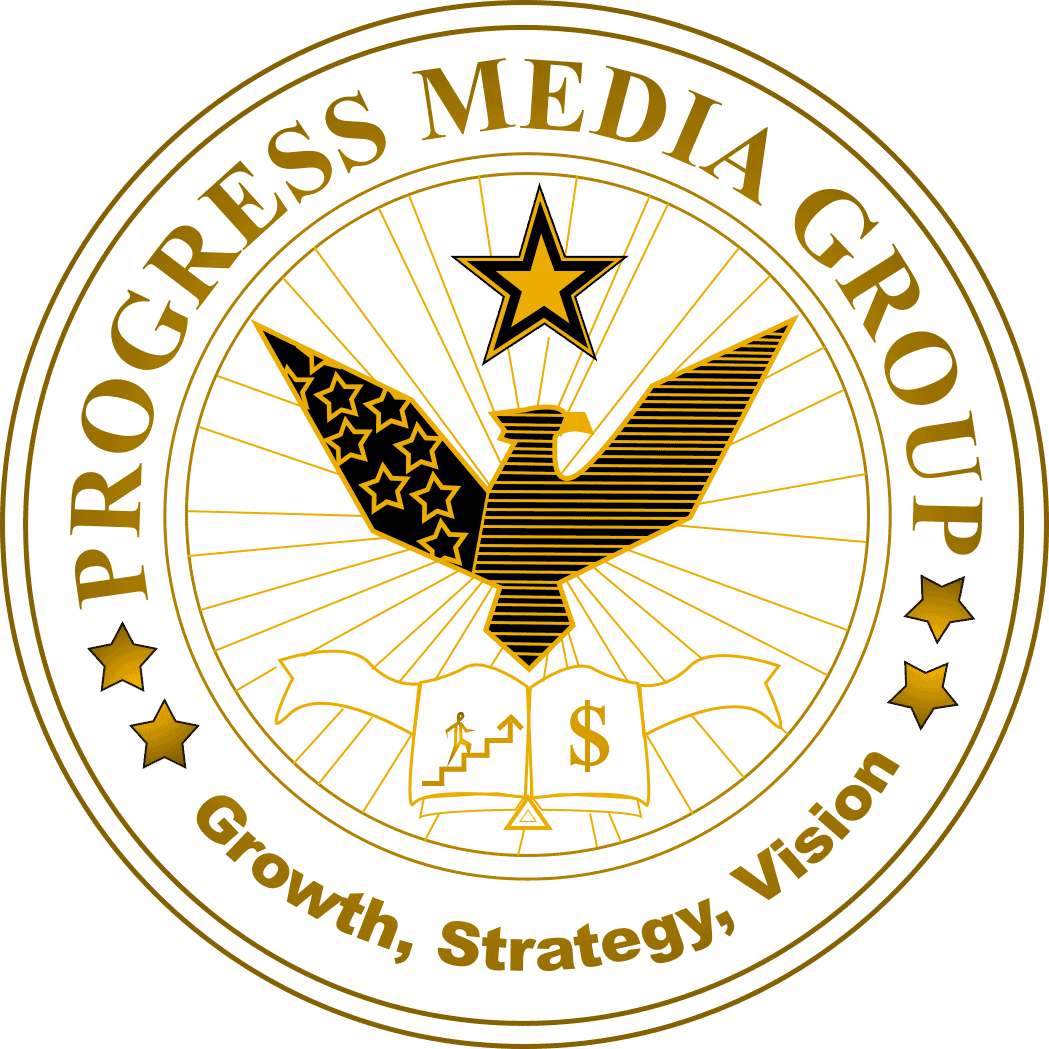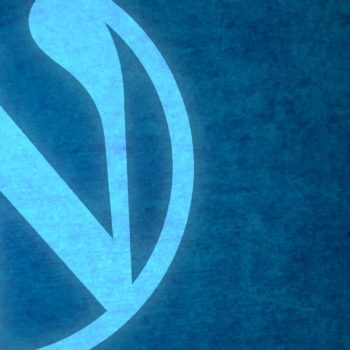Facebook cannot be ignored. It’s everywhere. I can almost guarantee that most of you are on Facebook. I am sure you have seen the advertisements that rule your newsfeed as well as the sides of your Facebook page. You may or may not click on those ads, but Adobe’s new research shows that Facebook advertising offers the most valuable social commerce clicks in the social media advertising world. Facebook referrals and advertisements generate an average of 91 cents for each user who is sent to an e-commerce website. Not only this but Facebook is a very powerful social media platform that has over ⅕ of the entire world’s population as active users. With the right ideas, tools, and marketing strategy, you could take advantage of and generate leads, sales, and conversions with Facebook Ads.
FACEBOOK ADS
We’ve compiled a list of the Facebook Advertising tools and features, as well as some tips to go along with them. We hope these will help you navigate through running your next Facebook campaign.
Types of Facebook Ads
First, you should understand the type of Facebook ads available. When you’re creating a Facebook ad in the Ad Creator tool, you will have three options to dictate where the advertisement can appear to the viewer: Mobile, right column, and the News Feed.
 The right column ads are cheaper than the other two options, so they might be a good option to start with, although it’s probably best to play around with all three types to see which one works best for your campaign and budget. However, you shouldn’t do the mobile advertisement unless the website it takes the users to is optimized for mobile. Users using mobile will be unlikely to convert unless your website is optimized for their device. If you’re not sure if your website is optimized for mobile, you can always reach out to the digiTech team for a free consultation.
The right column ads are cheaper than the other two options, so they might be a good option to start with, although it’s probably best to play around with all three types to see which one works best for your campaign and budget. However, you shouldn’t do the mobile advertisement unless the website it takes the users to is optimized for mobile. Users using mobile will be unlikely to convert unless your website is optimized for their device. If you’re not sure if your website is optimized for mobile, you can always reach out to the digiTech team for a free consultation.
Ad Manager
The Ad manager on Facebook is a great tool that allows you to get started campaigning on Facebook. Once you press the Create Ad button, Facebook will ask you what your advertising goals are, in order to help you measure and achieve them. Some of the answers you can choose from: App Installs, Website Conversions, Event Responses, Page Likes. If you’re promoting an external website, website conversions is probably your best bet in order to increase and measure your CRO.
After this, you’ll create your ad on Facebook in a simple tool, using your own pictures. Or you can take advantage of Facebook’s partnership with Shutterstock and use their photos (for free) in order to advertise your business.
Audience Insights: Facebook’s Audience Insights tool is one of the most important tools at your disposal. It allows you to easily target the right audience for your product or service. Facebook’s research tools are among the most detailed and targeted. This tool, located within your Ad Manager, easily helps you find your audience. You enter a word that describes your market and, as a result, are given categories similar to that word. The data is gathered from Facebook profiles and third party marketing companies like Datalogix.
When first starting in Audience Insights, you have the ability to start from three different starting points: everyone on facebook, a custom audience (that you’ve created in Power Editor or Ad Creation tool(s)), or people already connected to your Facebook page. Once this is done, you can explore the data given to you by Facebook and adjust your target audience accordingly. Facebook gives you six different data categories: demographics, page likes, locations, activity, household, and purchase. With this information, you can learn more about your prospective target audiences and adjust your advertising to target them better. We’ll discuss Custom Audiences in more detail below.
Reports: Facebook has recently changed their interface so that there isn’t a separate link to reports any longer. Instead, the entire Ads Manager function is the reports feature. This new reports page is described in detail here.
Campaigns: The campaigns page displays all the ads you’re running. You can check the performance of all of them together (to see trends) or separately in order to judge which ones are working best for your target audience.
Pages: The Pages page allows you to manage the Facebook Pages you control. You can see the most recent activity on all of them easily and can quickly edit the Pages if needed.
Conversion Tracking: This page allows you to see if your ad is creating conversions across devices and platforms. If you create a conversion tracking “pixel” and add it to the pages of your website’s HTML where you expect conversions to happen (such as the newsletter page or checkout), the pixel will track the people who came to your webpage from the Facebook advertisement. It will tell you what device they came on, as well as which device they actually converted on.
Power Editor: The Power Editor function allows you to create detailed advertising campaigns all at once. It’s typically used to create lots of ads, so you primarily use it if you need to create hundreds of advertisements all at once. Otherwise, you can always use the ad creation tool available on Facebook.
Custom Audiences
As we’ve mentioned earlier, Facebook allows you to create custom audiences. This is a great tool everyone should take advantage of – it easily allows you to enhance your advertising campaigns and increase your conversions. This is because when you create a Custom Audience, you ad will only be seen by a target market that you suspect will be interested in YOUR brand. If you’re a company that is attempting to sell baby clothes, you wouldn’t want to target teenage boys. They would never convert. But perhaps a 28 year old woman expecting her first child would – custom audiences allow you to easily reach people like her.
To create a Custom Audience, it’s an easy step-by-step process that you can achieve by going through the Ad Manager tool menu. Once you’ve completed the process, you can save the Custom Audience and use it again for another advertising campaign if you choose to do so.
Budgetary and Scheduling Concerns
Facebook makes it easy for an advertiser to stay within their budget. You can choose to pay a specific amount per day and Facebook will never charge you more than that amount each time the advertisement runs (the daily budget resets at midnight each day). Or, instead of a daily budget, you could set a lifetime budget for a specific ad. Facebook will run the ad until the budget amount is reached or the ad end date that you set up arrives, whichever comes first. You can adjust your spending limit in the Ads Manager tool. After you’ve created your ad, picked where to place it and decided on your budget, Facebook will take up to 24 hours to review it and make sure it’s appropriate. After they approve it, you’re set and ready to go.
At digiTech Web Design, we can help you optimize your website to increase conversions. We can also redesign your website so it will be accessible to mobile users. Having a full mobile optimized website will help you not only with Facebook ad campaigns but with Google searches. If you’re interested in increasing your conversions, contact us today!





